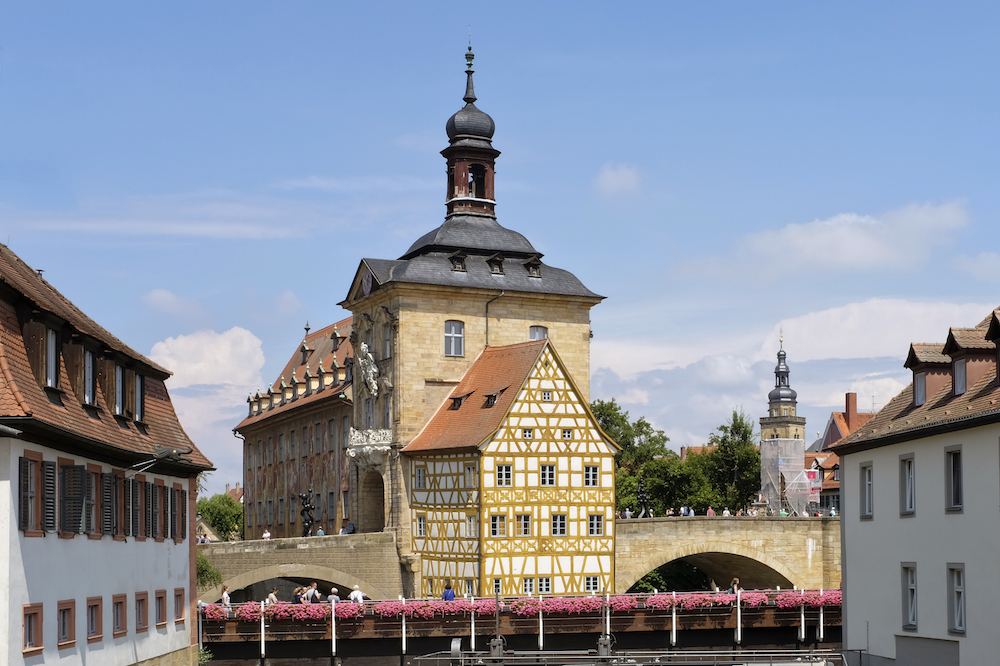
My friends called Bamberg “biertown”, and I would soon discover why.
We took the high speed ICE train down to this beautiful town in northern Franconia a couple weeks ago. It’s less than four hours from Berlin-Südkreuz to Bamberg, but I’d never been to Bavaria before.
My good friend Coach Helder Gomes was giving a seminar that weekend, which gave me an excuse to spend a few days exploring the town’s many bierhouses.

Brewing has a very long history in Bamberg. The city was mentioned in historical documents as far back as the year 1007, and it is still home to some 9 active brew houses within the town centre, and within convenient stumbling distance of each other — and even more in the surrounding countryside.
Not bad for a town with a population of 70,000.
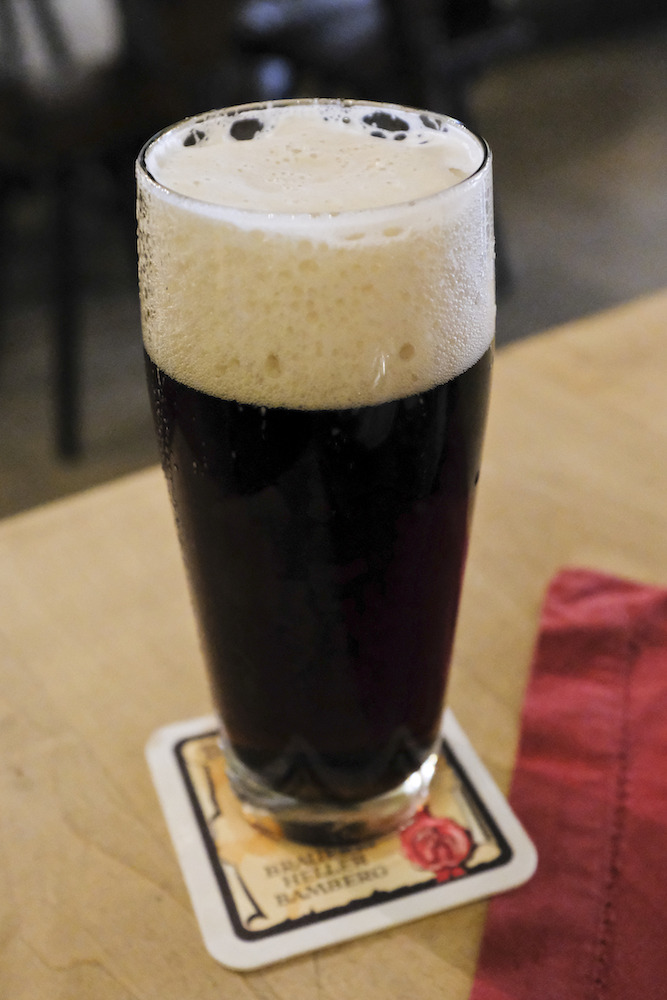
The town is especially known for Rauchbier — a distinctive “smoked beer” created when the malted barley is dried over an open fire.
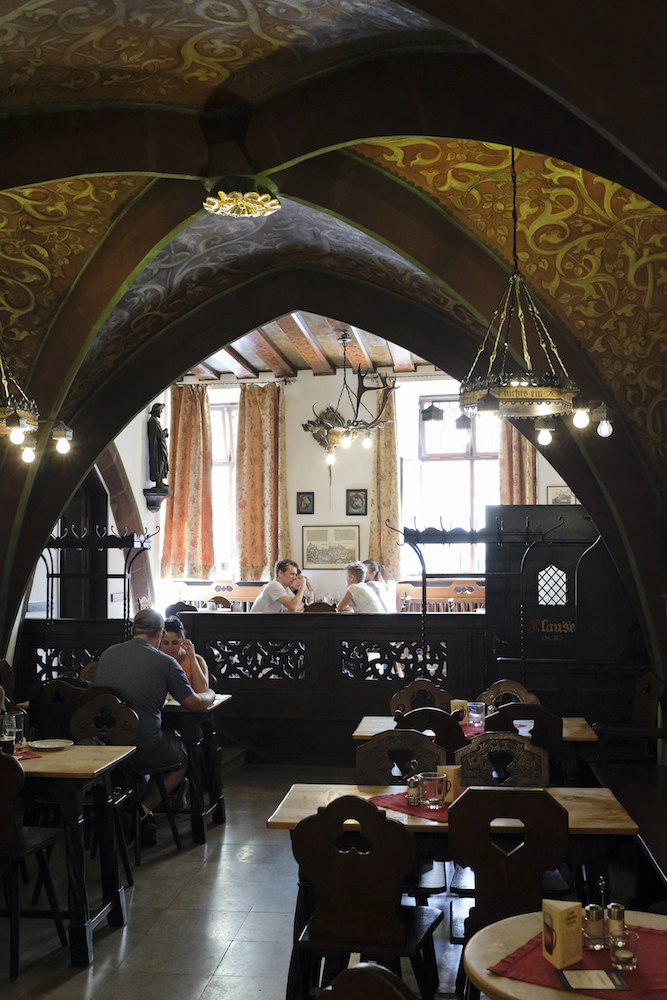
Apparently a lot of beer from the middle ages tasted this way, because there wasn’t enough sunlight at these latitudes and in these crowded towns to dry the malted barley in the open air. So when you drink rauchbier, you’re basically getting a taste of history in every glass.

My friend claimed that Racuhbier tastes like bacon. But he’s a vegetarian, so how the hell would he know?
I thought it had a gentler smoke than a peaty Scotch whiskey. It’s a great brew for winter, but I wouldn’t want to drink too many. I suspect a thundering headache would be the result.
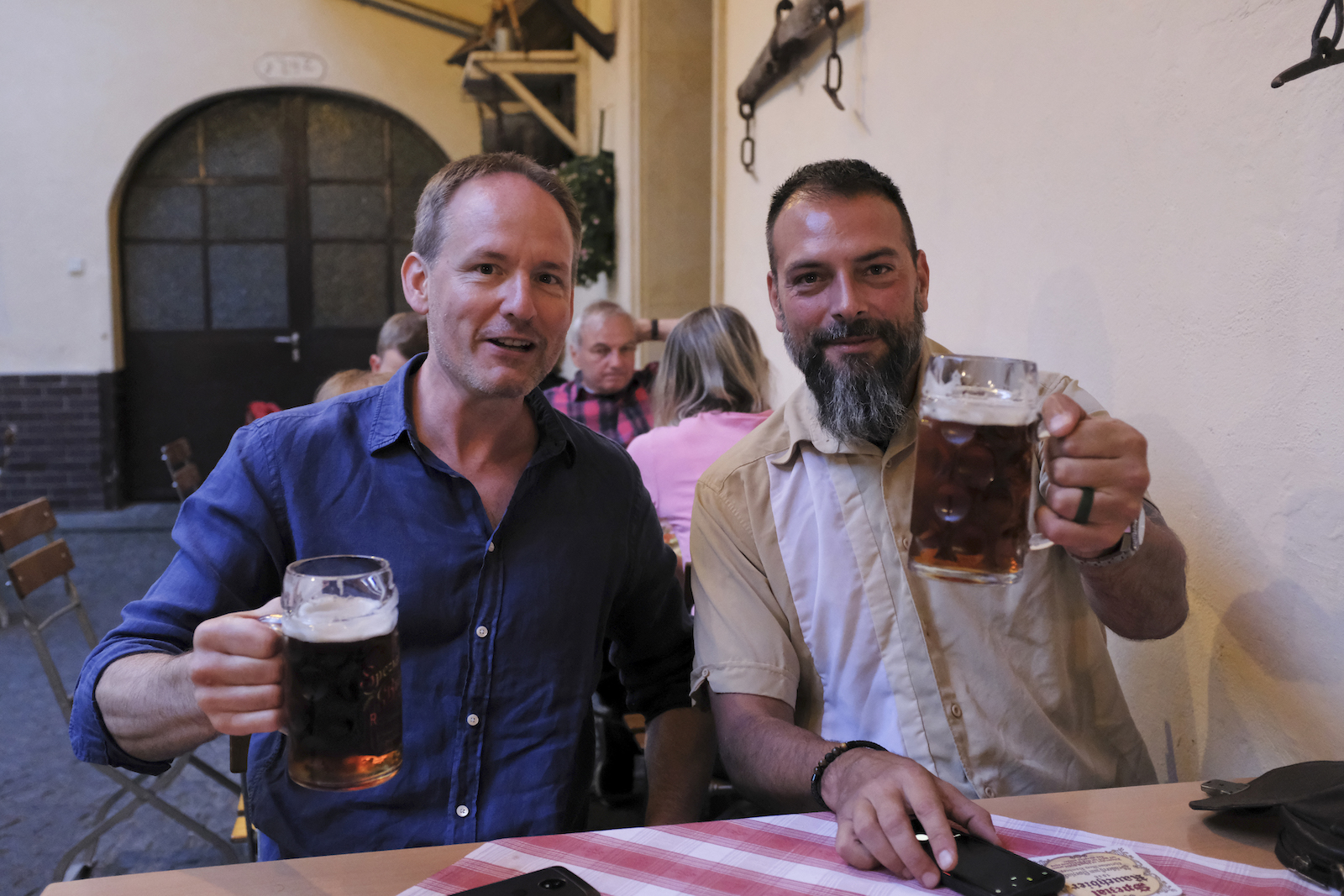
But there are plenty of other beer styles on offer in Bamberg, each with its own distinctive character.

In the end, my favourite was the unfiltered kellerbier from the Klosterbräu, a lovely old inn established in 1533.

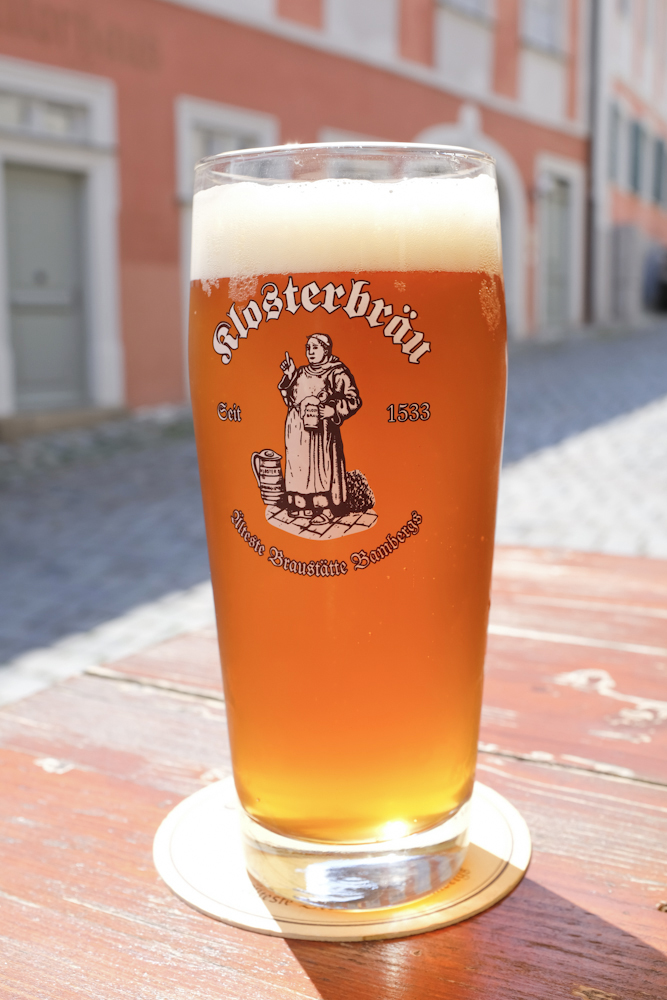
There’s much more to the town than just beer, of course. Bamberg earned its UNESCO listing for its wonderful architecture. It survived WWII relatively unscathed, and is today one of Europe’s largest intact old town centres.
Half timbered houses with yellow or white plastered walls lean together in curving medieval alleys, and rooflines sag with the weight of the years. You could lose yourself in them for days. But don’t worry, most of these alleys will eventually lead you to a brauhaus.
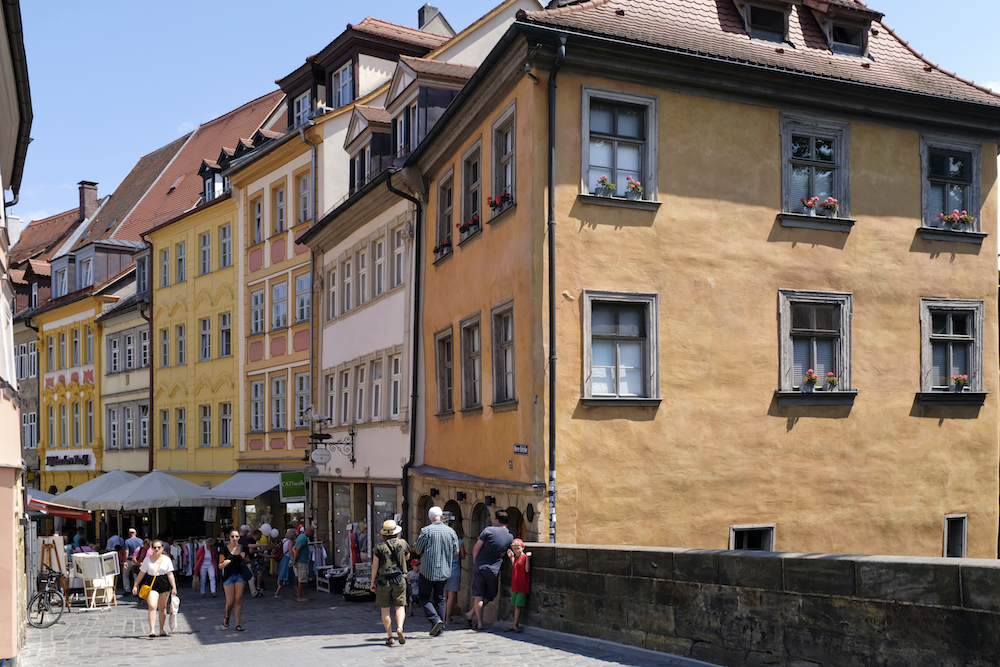

The most distinctive building in a town filled with them has to be the old town hall — the Altes Rathaus — wedged between two bridges on an artificial islet in the river, and covered in lush Baroque and Rococo allegorical painting.
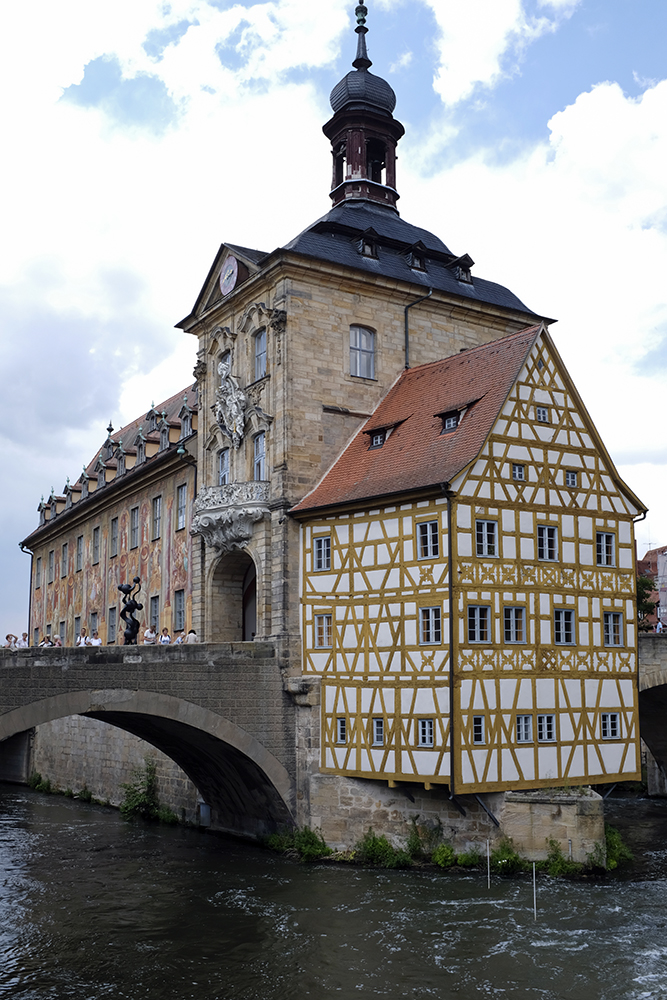
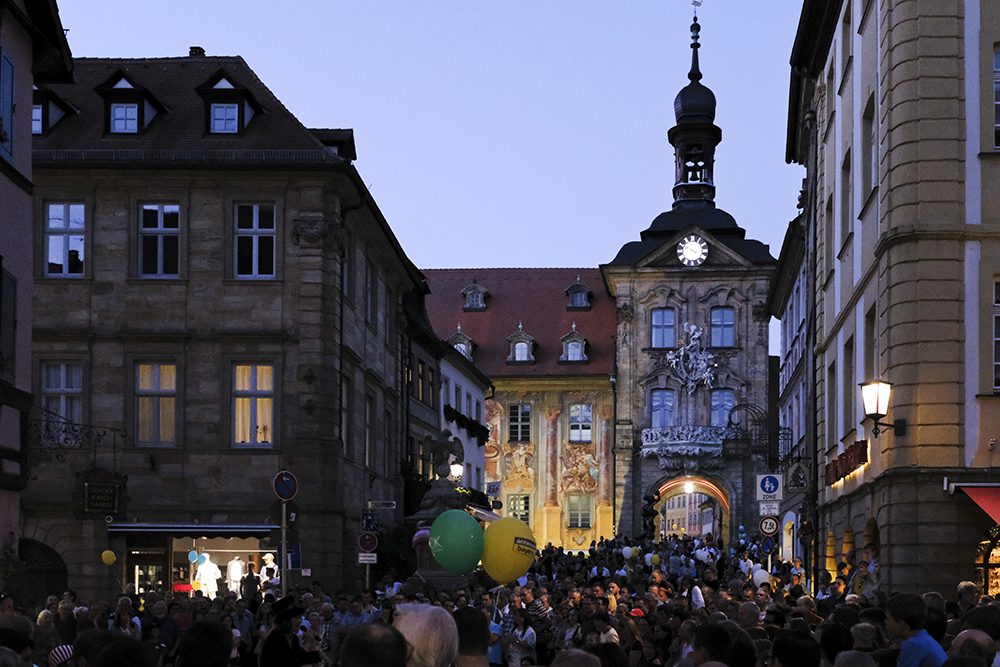
That’s your main navigational landmark, and you will pass it many times on one bridge or the other.
Bamberg also has the bones of a pope — the only papal grave in Germany. You’ll find Pope Clemence II slumbering in eternal repose high on a hill, in the imperial cathedral of St. Peter and St. George. I guess you could say he’s sharing a flat with Henry II and Cunigunde, the only emperor and empress to be canonized in the Holy Roman Empire.
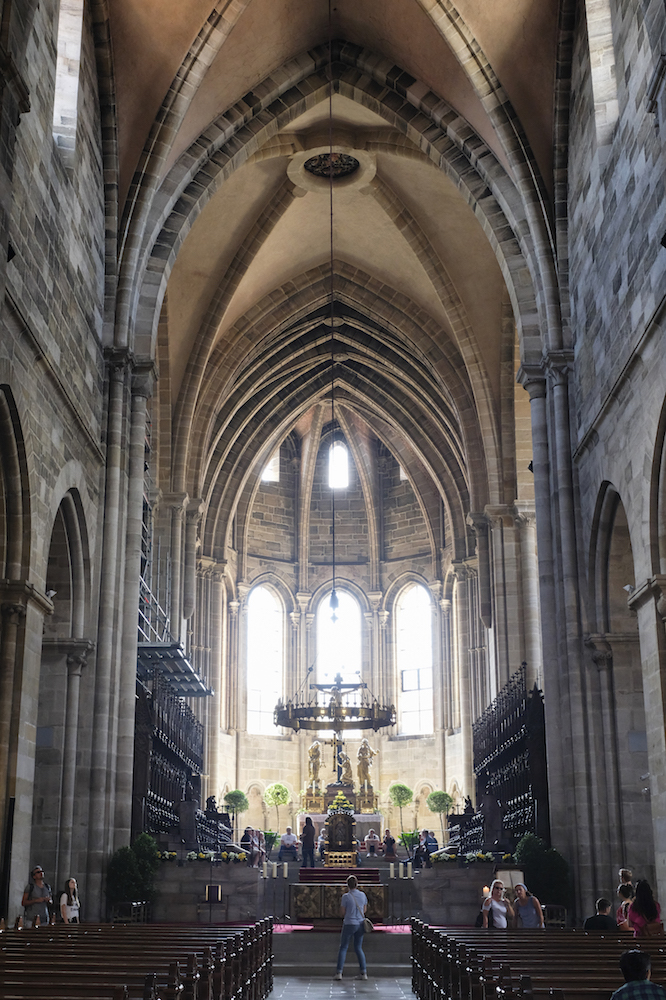
But who’s kidding who?
All that walking is sure to result in a terrible thirst.
Did I mention that Bamberg is famous for beer? Seriously, it is.
Pull up a stool and I’ll tell you about it.
What was your name again…?

Photos ©Tomoko Goto 2018

Get your FREE Guide to Creating Unique Travel Experiences today! And get out there and live your dreams...
